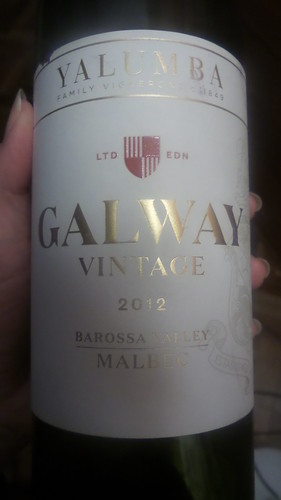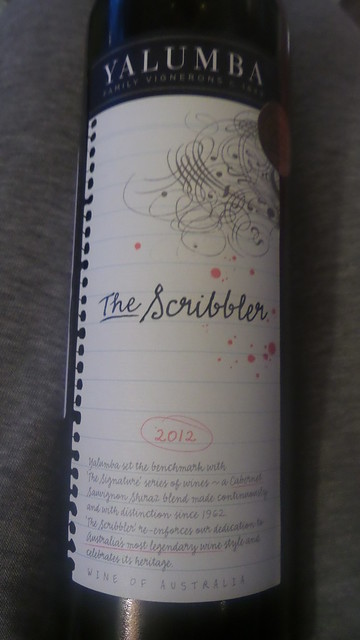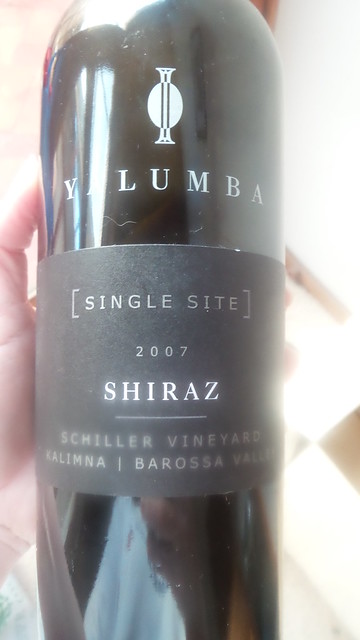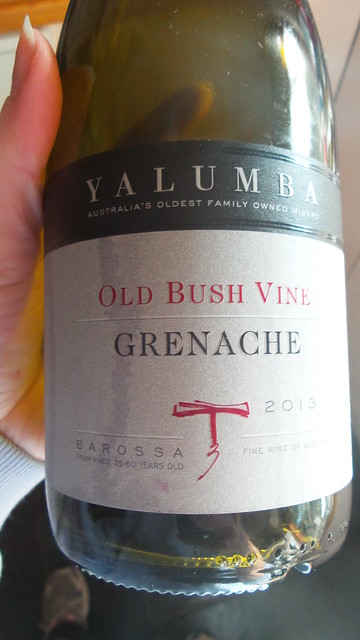
I’m mortified that it’s been exactly a month since my last post. It’s not that I’ve not been drinking some interesting wines in the interim – I have and the tasting notes are stacking up – but I always find the more I am writing for publication the far less inclined I am to write for fun after Master 4 goes to bed.
The release of this wine I actually wrote about for the last (June) SA Life food & wine enews – so for Yalumba background I refer you to that.
For wine geekery … stay here.
Malbec is perhaps most often recognised as the black grape of Argentina. It hails from France and you find its entry in Wine Grapes under its first French name, Cot. Originally from Quercy, a former province in the south-west of France, it appears to have arrived in the Gironde (Bordeaux) in the eighteenth century, which is also when its name ‘Malbeck’ is first recorded. DNA analysis shows us that Malbec is the half sibling Merlot.
Its plantings in Bordeaux were reduced by severe frosts in the mid-twentieth century which means that, although it’s still permitted in a Bordeaux blend, there’s not a great deal used though you will find it making up at least 70% of a wine labelled Cahors, from the nearby Lot region.
But it is in Argentina that it has really found its niche. Introduced in the mid nineteenth century, it is now the country’s most widely planted (quality) variety. Compared with Argentina’s roughly 27000 ha, Australia’s just under 400 ha seems minimal. Many of our plantings are in South Australia and Yalumba’s vine nursery has been instrumental in bringing the variety to the country.
Given how little is planted in Australia, I suspect that for many people this will be something of a new variety. I certainly found this wine much more approachable than many of the Argentine examples I’ve tried and I think anyone who enjoys big Australian reds should like this. I found it attractive in every aspect: in the class, how it smelt and how it tasted. My tasting notes wrap up with “smart and interesting for < $20”. If you are the kind of drinker who finds branching out a challenge, do yourself a favour and pick this up.
The wine
In the glass, really quite deep and a very pretty bright ruby/cherry red.
The nose was also attractive – showing bright red berry fruit, red and black cherries, some spice and even a hint of violet.
The palate follows through with those cherries. Black and red cherries with a hefty side of vanilla, although actually not badly balanced and certainly not madly tannic. There was a slight earthy character and while the wine was not massively complex, the length was pretty good and stayed balanced.
If you do not like wines with a big whack of oak this will not be your style, but it is not so over the top that it will blind you to the wine’s pretty fresh fruit.
Yalumba. Sample, RRP $17.99. The wine is a limited edition so you may need to look out for it.
Screwcap.
13.5% abv.



